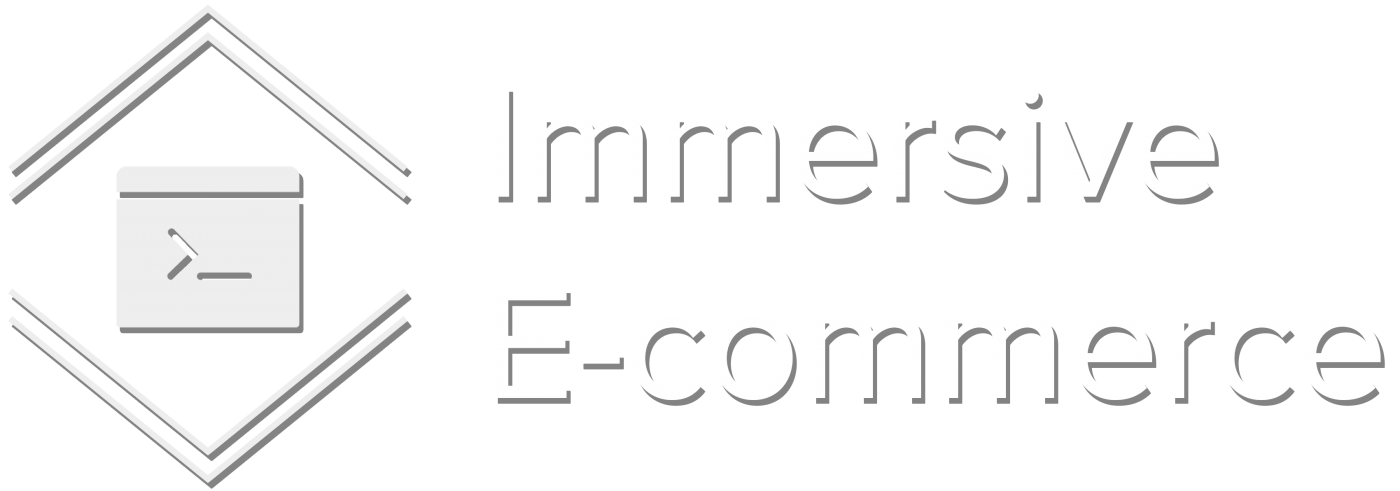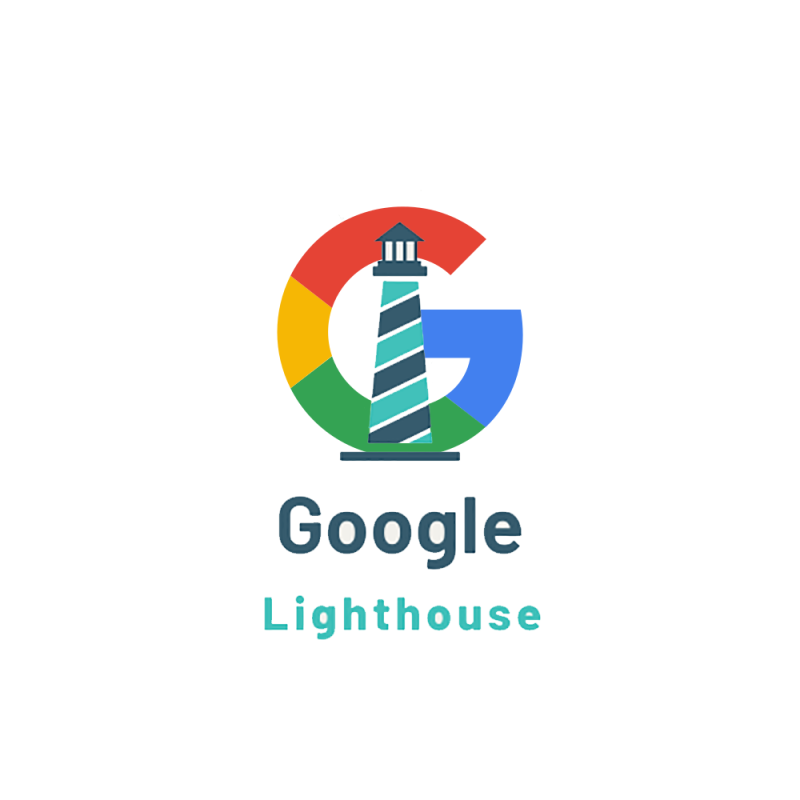Lighthouse is an open-source tool developed by Google that analyzes the performance, accessibility, and progressive enhancement of web pages. It provides a score out of 100 based on how well the page adheres to best practices, and can be run as a Chrome Extension or from the command line. Lighthouse scores are an important metric for e-commerce stores to track, as they can affect the user experience, search engine rankings, and conversion rates of the site.
What do the Lighthouse scores mean?
There are five categories that Lighthouse scores: performance, accessibility, best practices, SEO, and progressive web apps. Each category is scored out of 100, with higher scores indicating better adherence to best practices.
Performance: This category measures the speed and efficiency of the page load, including the time it takes for the page to become interactive, the size of the page, and the use of caching. A high score in this category is important for providing a good user experience, as slow-loading pages can lead to frustration and abandonment.
Accessibility: This category measures how well the page can be used by people with disabilities, including those using assistive technologies such as screen readers. A high score in this category is important for ensuring that all users can access and use the site, regardless of their abilities.
Best Practices: This category measures the overall quality of the page, including the use of HTTPS, the presence of an app manifest and service worker, and the use of modern technologies. A high score in this category indicates that the page is well-maintained and up-to-date.
SEO: This category measures the on-page SEO of the page, including the presence of title and meta tags, the use of header tags, and the presence of alt attributes for images. A high score in this category indicates that the page is optimized for search engines and is more likely to rank well.
Progressive Web Apps: This category measures the ability of the page to function as a progressive web app, including the presence of a manifest file and service worker. A high score in this category indicates that the page can be installed as an app on a user’s device and can work offline.
How to track Lighthouse scores on Shopify:
There are a few different ways to track Lighthouse scores on Shopify:
- Use the Lighthouse Chrome Extension: This is the easiest way to track Lighthouse scores on Shopify. Simply install the extension in your Chrome browser and click on the icon to run it on any page of your site. The extension will provide a score for each of the five categories, as well as a list of recommendations for improving the scores.
- Use the Pharos Site Speed Monitor app for Shopify: This method requires n technical knowledge, and it allows you to monitor Lighthouse results as part of your continuous improvement process and track the scores over time. To use this method, you’ll need to install Pharos app from the Shopify App Store and select the free plan (to track your home page + theme) or a paid plan to track multiple pages on your site.
- Use a third-party tool: There are a number of tools available that can track Lighthouse scores for you, including PageSpeed Insights, GTmetrix, and Pingdom Tools. These tools typically provide a more in-depth analysis of the page and offer additional recommendations for improvement, but are not as tightly integrated into Shopify as the Pharos app.

